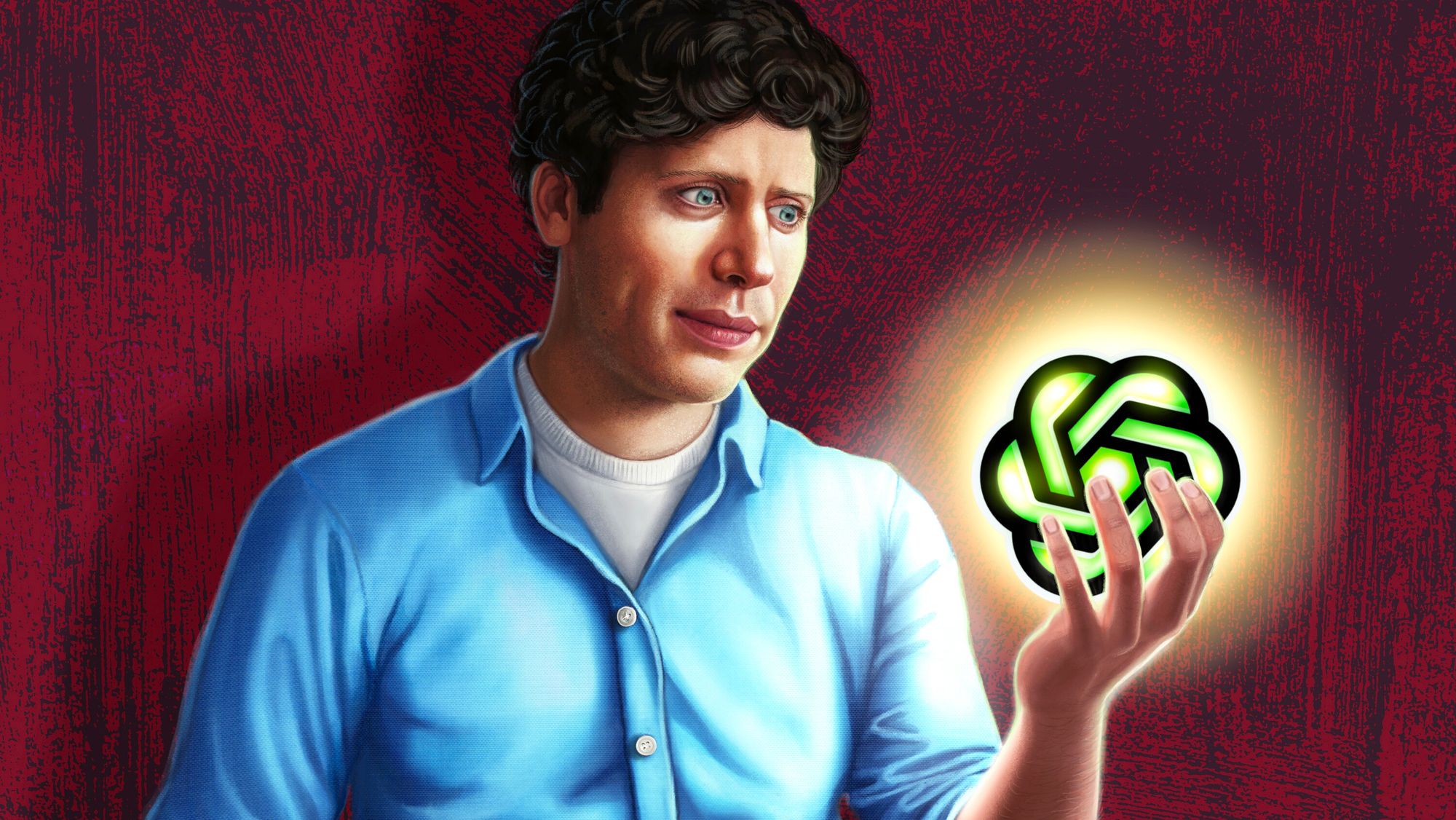0x12…qrst

The tech world was rocked by the sudden dismissal of Sam Altman, the co-founder and CEO of OpenAI, on November 17th. The board of OpenAI, in a rather cryptic announcement, stated that Altman’s termination was immediate and was the result of a review that found inconsistencies in his communication with the board, which they felt hindered their ability to fulfill their responsibilities.
Ilya Sutskever, Chief Scientist of OpenAI, reportedly broke the news to Altman via Google Meet, and the internet can’t get enough of the laughs over this irony.
The shockwaves of this decision reverberated through the organization, leading to the resignation of Greg Brockman, another co-founder of OpenAI. The entire board, except Brockman, was involved in the decision to let Altman go. Sutskever, who is believed to have played a key role in the ousting, addressed the employees, stating, “This was the board doing its duty to the mission of the nonprofit.”
After a roller-coaster weekend filled with speculations, theories, and other plot twists, including OpenAI investors pressuring the board to reinstate Altman as CEO, followed by OpenAI staff giving the entire board an ultimatum to resign or they would quit.
The latest news brings us a public confirmation by Microsoft CEO Satya Nadella, stating that Altman and Brockman are joining a new AI research team at the giant tech corporation.
Sam had reportedly been pitching a separate startup to build custom, Nvidia-rivaling AI Tensor Processing Unit (TPU) chips. The TPU project was codenamed “Tigris,” attracting a number of prominent venture firms and even interest from Microsoft.
On the OpenAI side of things, Twitch co-founder Emmett Shear was appointed as the new interim CEO.
Altman’s optimistic outlook on AGI’s capabilities is not new. In a 2022 interview on the Lex Fridman Podcast, he elaborated on the potential of AGI, envisioning a future where this advanced AI could perform a wide array of complex tasks, from medical diagnoses to proficient coding. This portrayal of AGI as a versatile and competent co-worker underscores Altman’s belief in the transformative power of technology and its capacity to revolutionize various industries.
However, the implications of Altman’s assertions are not without their complexities. The use of the term “median” in Altman’s description introduces a level of ambiguity, leaving room for interpretation and speculation.
Defining what constitutes a “median human” in terms of intelligence and capabilities is a complex and subjective task. As our world becomes increasingly diverse and multifaceted, quantifying the human experience in this manner may appear half-baked.
Think about it: What about creativity, empathy, and other unique traits that define our humanity but might not conform to a quantifiable standard of “median”?
Moreover, Altman’s vision hints at the possibility of a future where certain professions and industries might become increasingly automated, leading to potential job displacement and the reconfiguration of the labor landscape.
While the integration of AGI could undoubtedly streamline operations and increase productivity, it also brings to the forefront critical socio-economic challenges, including the need for reskilling and upskilling the workforce to adapt to an evolving technological landscape.
AGI, also known as “strong AI” or “full AI,” is like the Superman of artificial intelligence. It’s designed to have cognitive abilities just like humans. Unlike other AI forms that are great at specific tasks, AGI is expected to be a total all-rounder. It can handle multiple cognitive functions, learn new things, and adapt seamlessly to different areas.
The endgame for AGI is to mimic human intelligence so well that it can grasp, learn, and ace any intellectual challenge a human can tackle.
Exciting stuff, right? Well, not really, because one big problem with AGI is that it could take away jobs from people.
As AGIs become integrated into various industries, there is a risk that workers may lose their jobs as these intelligent machines can perform tasks efficiently. Therefore, reskilling and upskilling have become increasingly crucial in today’s technological world where machines are replacing human labor.
Although the developments in AGI bring excitement, it is important to approach its impact on employment with vigilance and prioritize the continuous development of skills to stay competitive in an increasingly automated world.
P.S. Sam Altman’s vision for AGI has us all wondering: Will we be saying “Hello, Human Resources” or “Hello, HAL 9000” in the future?